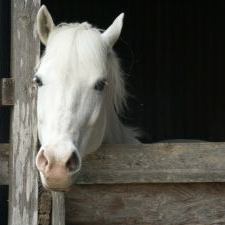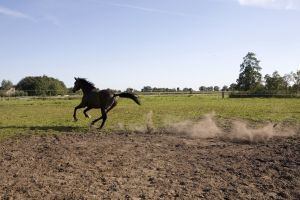Travel Tips
The Preakness Stakes and Pimlico: Horse Racing’s Dark Future?
 Tomorrow the Pimlico Racetrack in Baltimore will be filled with oversized hats and cheering crowds as Rachel Alexandra and other 3-year-old thoroughbreds set off on the second leg of the Triple Crown.
Tomorrow the Pimlico Racetrack in Baltimore will be filled with oversized hats and cheering crowds as Rachel Alexandra and other 3-year-old thoroughbreds set off on the second leg of the Triple Crown.
The 134-year-old Preakness Stakes is a source of local pride, and a lucrative tourism draw.
But a recent bankruptcy filing by the racetrack owners has cast a shadow on Preakness 2009 as Maryland faces the possibility of the celebrated event moving out of state.
Pimlico’s owners, Magna Entertainment Corporation, filed for Chapter 11 bankruptcy in March. It planned to auction off many of its assets, including Pimlico, raising concerns that an out-of-state buyer would move the race out of Maryland.
In April, Governor Martin O’Malley announced legislation that would give the state more legal authority over the Preakness Stakes to keep it in state.
“Maryland’s horse industry not only generates tens of thousands of jobs and produces a substantial economic impact for our State,” said Governor O’Malley, “but our centuries-old heritage of horse racing and horse breeding is woven deeply into the cultural fabric of Maryland.”
 Under this legislation, the state would have authority exercise eminent domain over the Pimlico track, as well as Laurel Park and the Bowie Race Course Training Center. However, this move may be more of a posturing scare tactic than an actual solution, as federal bankruptcy laws would likely trump state legislation
Under this legislation, the state would have authority exercise eminent domain over the Pimlico track, as well as Laurel Park and the Bowie Race Course Training Center. However, this move may be more of a posturing scare tactic than an actual solution, as federal bankruptcy laws would likely trump state legislation
As of now, Magna Entertainment has stated that the track is no longer one of the assets it will put on the auction block. Maryland officials are working toward a private-sector solution that would sell the tracks a local, national or even international party, with the caveat that the Preakness would have to remain in state.
The glory of the Preakness has long faded, with aging infrastructure and the introduction of slot machines in other mid-Atlantic states drawing more and more visitors. But the event is still a crucial part of the state’s economy, and for the tourism sector, no other Maryland sporting event can compare.
Last year, there were more than 112,000 attendees—down about 7.5 percent from the previous year, but still the fifth-largest crowd in the event’s history. Visitors spent more than $5 million on accommodations, transportation and dining.
In-state gamblers put down more than $9.5 million on their Preakness picks, and the race grossed more than $8.5 million including race-day expenditures and on-site concessions. The industries of horse breeding and horse racing comprise 78 percent of the state’s economic sporting impact—triple that of all other sports combined.
By Sarika Chawla for PeterGreenberg.com.
Related links: Baltimore Sun, Wall Street Journal, Baltimore Sun, NPR’s Marketplace, Maryland Governor’s Office, Baltimore Sun
Related links on PeterGreenberg.com:












